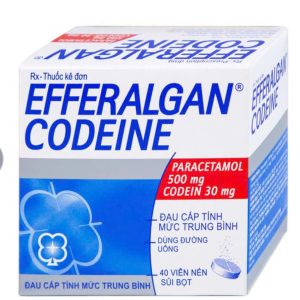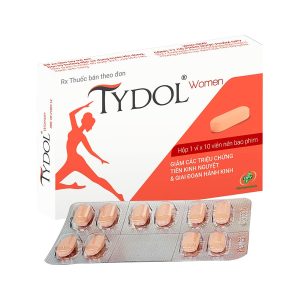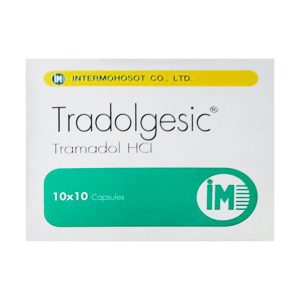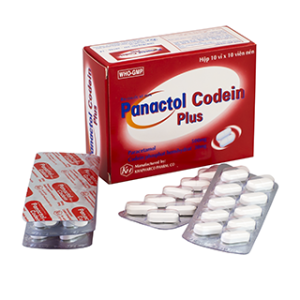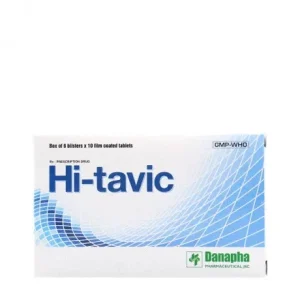We deliver to you every day from 7:00 to 23:00
The best discounts this week
Every week you can find the best discounts here.
Painkiller Alternatives: Effective and Safer Options for Pain Relief
Pain is an inevitable part of life, and finding the right treatment is essential for both short-term relief and long-term well-being. While traditional painkillers like opioids and NSAIDs are often used to manage pain, many people are looking for safer, more natural alternatives. This article will explore painkiller alternatives that can help alleviate discomfort without the risks associated with conventional medications.

Understanding the Need for Painkiller Alternatives
Painkillers, particularly opioids, are effective at blocking pain but come with serious risks, including addiction, overdose, and side effects like stomach ulcers and kidney damage. The search for safer and more sustainable pain relief methods has led to the rise of alternative treatments. These alternatives can range from natural remedies to advanced therapies that offer effective pain management without the severe risks.
With growing awareness about the dangers of over-reliance on painkillers, many individuals are turning to painkiller alternatives. These options may offer relief for conditions like arthritis, back pain, headaches, and muscle soreness without the side effects commonly associated with traditional pain medications.
Popular Painkiller Alternatives
There are numerous alternatives to traditional pain medications that can help manage pain effectively. Below are some of the most popular options:
1. Physical Therapy
Physical therapy is a non-invasive approach that focuses on strengthening muscles, improving flexibility, and promoting mobility. It’s especially useful for chronic pain associated with conditions like arthritis, lower back pain, and joint injuries.
Physical therapists use various techniques such as stretching exercises, strength training, and manual manipulation to alleviate pain and improve functionality. Regular physical therapy sessions can help reduce reliance on painkillers by targeting the root cause of the pain.
-
Benefits: Improves mobility, reduces muscle stiffness, strengthens the body.
-
When to Use: Ideal for musculoskeletal pain and rehabilitation after injuries or surgery.
2. Acupuncture
Acupuncture, a traditional Chinese medicine practice, involves inserting thin needles into specific points on the body to stimulate energy flow and relieve pain. Studies suggest that acupuncture can be effective in treating conditions like chronic pain, migraine headaches, and neck or back pain.
By targeting pressure points, acupuncture may help trigger the body’s natural healing mechanisms and release endorphins, the body’s natural pain-relieving chemicals.
-
Benefits: Drug-free pain relief, reduced inflammation, improved circulation.
-
When to Use: Useful for chronic conditions, muscle pain, or post-surgical recovery.

3. CBD Oil
Cannabidiol (CBD), a compound found in cannabis plants, has gained attention for its potential in pain management. Unlike THC, another compound in cannabis, CBD does not cause a “high.” Research suggests that CBD oil may help reduce chronic pain, particularly in conditions like arthritis and fibromyalgia.
CBD is thought to work by interacting with the body’s endocannabinoid system, which regulates various functions, including pain perception. While more research is needed, many people report significant pain relief from using CBD oil in various forms, such as tinctures, capsules, or topical creams.
-
Benefits: Natural pain relief, reduces anxiety, anti-inflammatory properties.
-
When to Use: Chronic pain, inflammation, muscle spasms.
4. Massage Therapy
Massage therapy is another effective alternative pain management technique. Whether done professionally or through self-massage, it can help alleviate tension, reduce muscle soreness, and promote relaxation. Therapeutic massages like deep tissue or Swedish massage can significantly reduce pain caused by stress, muscle tension, and injuries.
Massage helps by improving blood flow, increasing endorphin release, and relaxing tight muscles, all of which can help manage pain more effectively than oral medications.
-
Benefits: Reduces muscle stiffness, improves circulation, relieves stress.
-
When to Use: Ideal for muscular pain, tension headaches, or post-exercise soreness.
5. Heat and Cold Therapy
Heat therapy and cold therapy are simple yet effective ways to relieve pain. Applying heat helps to relax muscles, increase blood flow, and relieve stiffness. On the other hand, cold therapy reduces inflammation and numbs pain, making it useful for acute injuries or inflammation.
Alternating between hot and cold packs can be especially beneficial for pain relief in conditions like sciatica, joint pain, and muscle strains.
-
Benefits: Easy to apply, immediate relief, non-invasive.
-
When to Use: For injuries, arthritis flare-ups, or muscle spasms.

6. Mind-Body Techniques
Mind-body practices, including meditation, yoga, and breathing exercises, are effective in managing pain, especially for conditions exacerbated by stress or anxiety. By focusing on mindfulness, relaxation, and controlled breathing, individuals can reduce the perception of pain and improve their emotional response to it.
These techniques are particularly helpful for people with chronic pain or those experiencing pain-related stress and anxiety. Incorporating these practices into your daily routine can help reduce the reliance on pain medications.
-
Benefits: Stress reduction, improved focus, enhanced coping skills.
-
When to Use: Chronic pain, anxiety-related pain, fibromyalgia.
When to Consult a Professional
While these painkiller alternatives can provide significant relief, it’s essential to consult a healthcare professional, especially if the pain persists. Some alternatives, like acupuncture or CBD, may not be suitable for everyone, particularly those with certain medical conditions or those taking other medications.
Always talk to your doctor or a trained therapist to determine the best pain relief strategy for your specific condition.
FAQs About Painkiller Alternatives
1. Are painkiller alternatives as effective as traditional medications?
Yes, many painkiller alternatives are highly effective and, in some cases, can provide long-lasting relief without the side effects associated with traditional medications. The key is finding the right approach based on your individual needs.
2. Can I use painkiller alternatives with prescription medications?
Before combining painkiller alternatives with prescription medications, it’s crucial to consult with a healthcare provider. Some natural remedies, like CBD oil, may interact with certain medications, so professional guidance is essential.
3. How long does it take for painkiller alternatives to work?
The effectiveness and timing of painkiller alternatives vary based on the type of treatment and individual response. For example, CBD oil may take a few hours to show results, while massage therapy can provide immediate relief.
4. Are there any side effects of using painkiller alternatives?
While natural alternatives generally have fewer side effects than traditional pain medications, it’s important to be aware of potential reactions. For example, some people may experience allergic reactions to CBD oil, or muscle soreness after massage therapy.
5. Are there any natural pain relief options for headaches?
Yes, several natural remedies can help manage headaches, such as acupressure, peppermint oil, and magnesium supplements. Mindfulness meditation and yoga can also be beneficial for reducing the intensity and frequency of headaches.
Conclusion
Choosing painkiller alternatives is a wise decision for many people looking to manage pain more safely and effectively. With options ranging from physical therapy and CBD oil to massage therapy and mind-body techniques, there’s a solution for nearly every type of pain. However, it’s essential to consult a healthcare professional before starting any new treatment plan, especially if you have underlying health conditions.
By embracing these natural pain relief methods, you can reduce your dependence on traditional pain medications while improving your overall quality of life.

